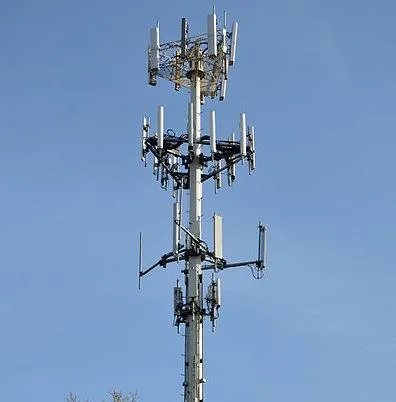Cell phone tower dangers continue

In late May of 2012, Speed Matters reported on the astoundingly high rate of accidents an deaths among workers building cell phone towers. The nonprofit news organization ProPublica found that between 2003 and 2011 50 climbers at these sites were killed, and many more were injured. One former OSHA administrator said that tower climbing was “the most dangerous job in America.”
The industry is lightly regulated and non-union. As we wrote, “None of the people building and servicing cell towers are unionized, and none of them work directly for the cell carriers. The tower climbers work for subcontractors, usually for $10 or $11 an hour and sometimes paying for their own safety equipment, through paycheck deductions.”
But a new story in The Wall Street Journal finds that the publicity that arose in 2012 went without serious response, and the accident rate continues unabated. According to The Journal:
“At least 10 workers have died in falls from communication towers so far this year, and three more were seriously injured. That included four climbers who have fallen from U.S. cell sites so far this month, including one on Saturday.” The some 10,000 communication tower climbers remain at high risk in what continues to be an industry “among the deadliest in the country.”
The reason is the continuing cell phone boom, with management driving workers beyond their strength and endurance. As The Journal said, “Construction managers say there is so much work this year that many crews are working around the clock and haven't taken days off in weeks. One project manager said crews are working 12- or 16-hour days and, when they get tired, forget to clip on safety lines or clip them on improperly.”
OSHA could certainly improve its inspection procedures, but without a union present, companies can continue to use workers to meet unreasonable deadline – at terrible cost to the climbers.
Non-union and unregulated, cell tower workers die unnecessarily (Speed Matters, May 31, 2012)
A New Spate of Deaths in the Wireless Industry (WS Journal, Aug. 21, 2013)
CWA members oppose AT&T’s attempts to stop serving rural and low-income communities in California
CWA urges FCC to deny industry attempts to loosen pole attachment standards
CWA District 6 reaches agreement with AT&T Mobility



